
Rotten fruits image classification is a task in computer vision that involves identifying whether a fruit in an image is fresh or rotten. This is typically accomplished using machine learning algorithms that are trained on a dataset of labeled images, where each image is annotated as either fresh or rotten.
The goal of this task is to develop an accurate and reliable system that can help identify rotten fruits in a timely manner. This can be particularly useful in the food industry, where the detection of spoiled fruits can prevent the distribution of unsafe products and reduce food waste.
Rotten fruit image classification is a challenging problem, as the appearance of a fruit can vary widely depending on factors such as its type, ripeness, and degree of decay. In addition, the presence of external factors such as bruises or discoloration can also complicate the classification process.
Recent advances in deep learning techniques, such as convolutional neural networks, have shown promising results in this area and have enabled the development of accurate and efficient models for the classification of rotten fruits images.
Image classification of rotten and fresh fruits has several practical applications in various fields. Some of the notable applications are:
1. Food industry: In the food industry, image classification of rotten and fresh fruits is used to ensure the quality of fruits before they are packed and shipped to the market. This technology helps to prevent contaminated or spoiled fruits from reaching consumers and can also assist in reducing food waste.
2. Agriculture: Image classification of rotten and fresh fruits can be used in agriculture to help farmers monitor the health of their crops. This technology can help identify areas of a crop that may be diseased or damaged, allowing farmers to take corrective measures and reduce yield losses.
3. Health and nutrition: Image classification of fruits can also be used in health and nutrition to help people make informed dietary choices. This technology can assist in identifying fruits that are not safe for consumption, helping consumers to avoid potentially harmful foods.
4. Environmental monitoring: Image classification of fruits can be used in environmental monitoring to track changes in fruit quality due to factors such as climate change or pollution. This technology can help identify areas that may be at risk and facilitate the development of strategies to mitigate these risks.
5. Research: Image classification of fruits can be used in scientific research to study the effects of various factors such as temperature, humidity, and light on fruit quality. This technology can also be used to develop new methods for preserving fruits and improving their shelf life.
Overall, image classification of rotten and fresh fruits has numerous applications and has the potential to benefit various industries and fields.
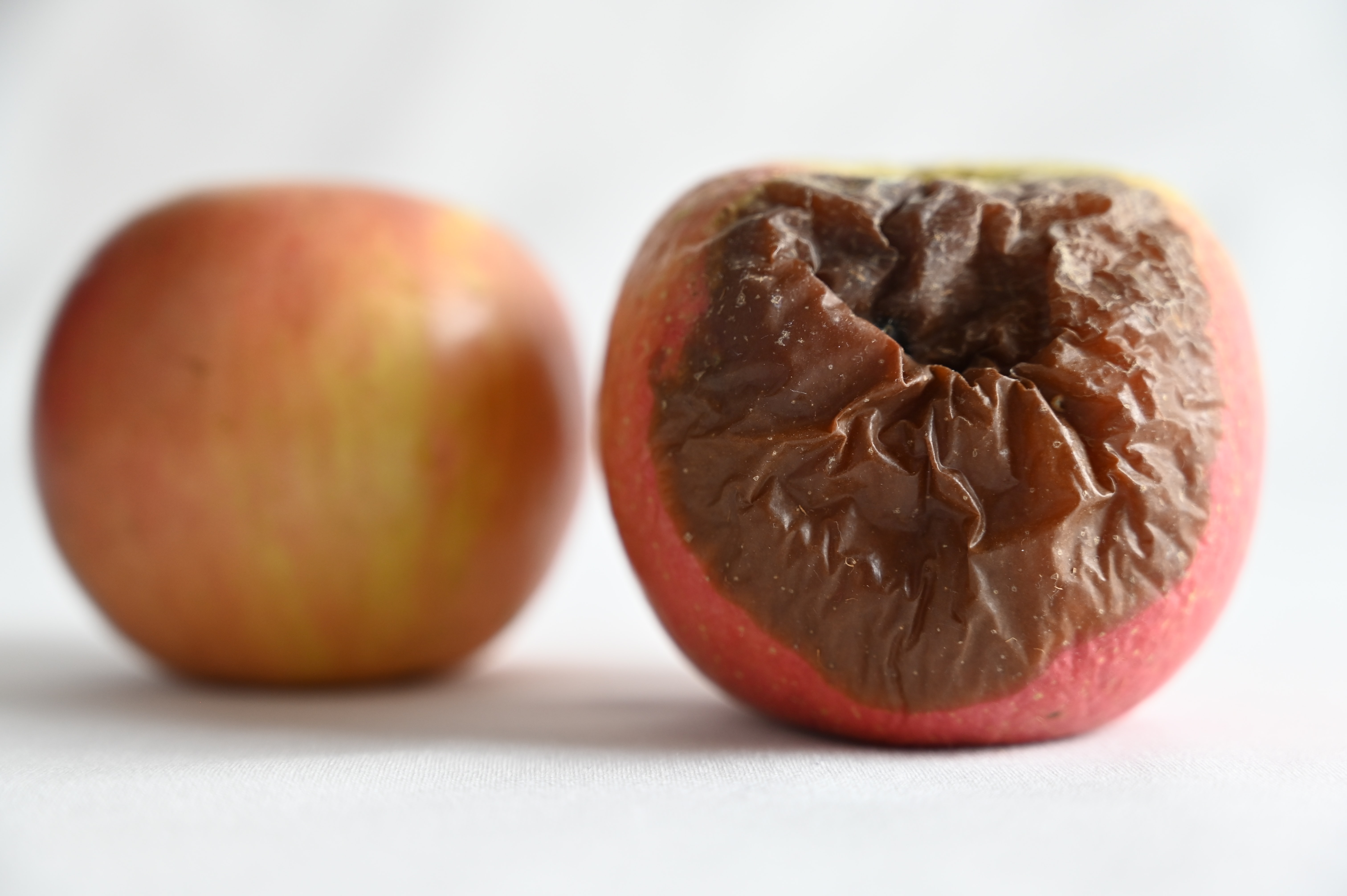
How navan.ai can help you build a rotten fruit classification model without having to write a single line of code?
1. Visit nstudio.navan.ai, and sign up using your Gmail id.
2. Choose a suitable model architecture:
- EfficientNet-B2 is a pre-trained deep learning model designed for computer vision tasks such as image classification, object detection, and segmentation. It is based on the Convolutional Neural Network (CNN) architecture and is designed to improve upon the previous EfficientNet models in terms of both accuracy and computational efficiency.
- The "B2" in the name refers to the model's size, which is determined by a combination of the depth, width, and resolution of the network.
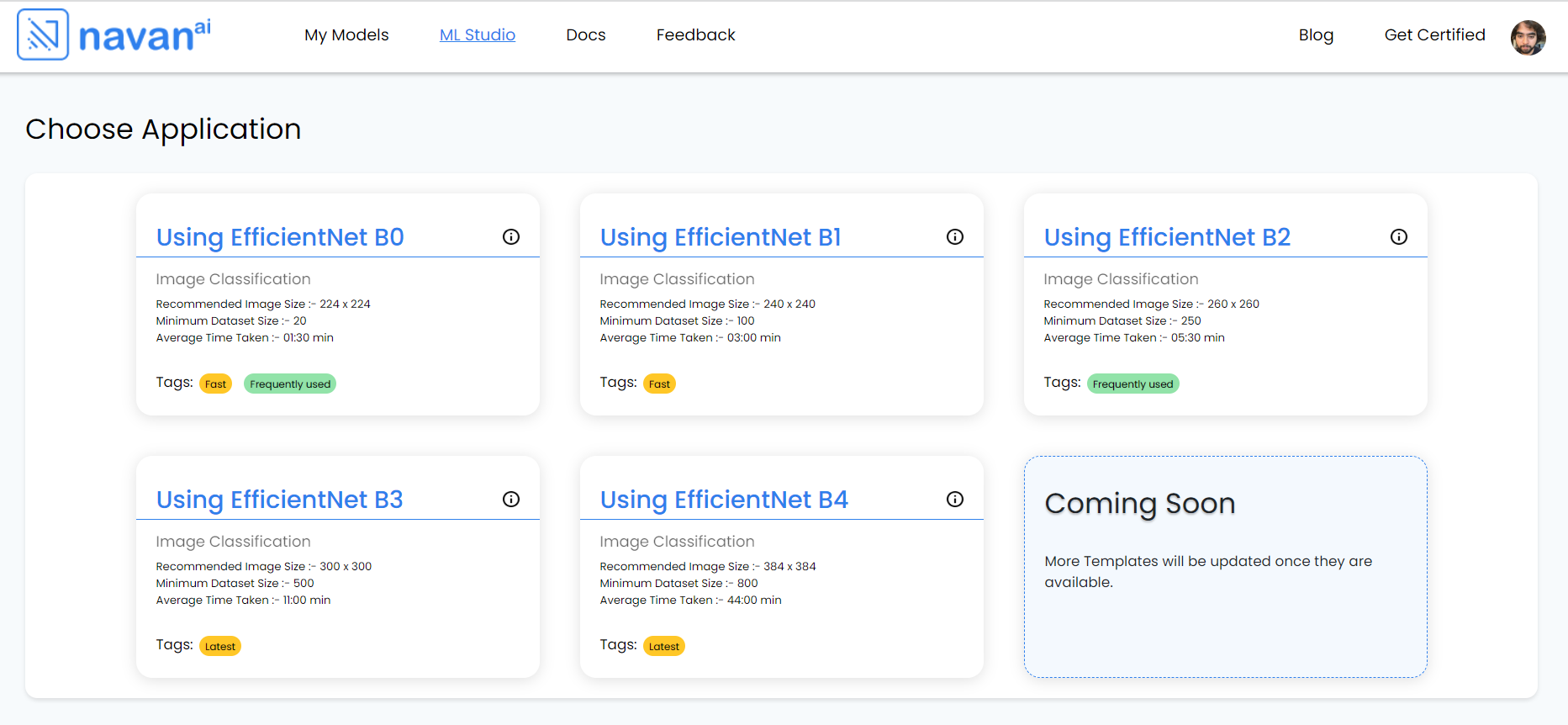
3. Training the model: We are considering 2 fruits with 4 classes here, First class is Fresh Apple, the second class is Fresh Banana, the third class is Rotten Apple, and the final class is Rotten Banana. we have named the Model “ROTTEN FRUITS CLASSIFICATION”. We create a class for each category. After we upload images into each class, the model is ready to be trained.
The images are uploaded to Class 1 [Fresh Apple]

The images are uploaded to Class 2 [Fresh Banana]

The images are uploaded to Class 3 [Rotten Apple]

The images are uploaded to Class 4 [Rotten Banana]

The next step is to click on the start training button so that the model can be trained.
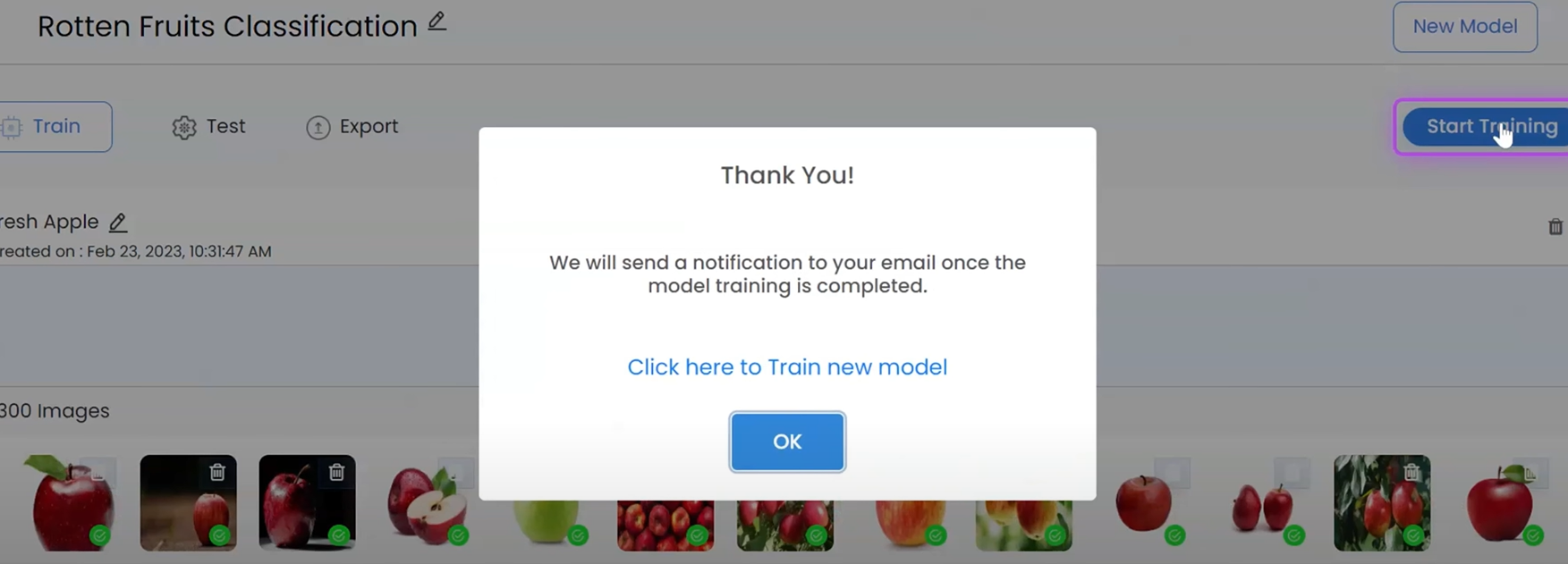
4. Testing the model: Once the ROTTEN FRUITS model has been trained, the next step is to test the model to see if it is performing according to our expectations. It can be evaluated using a separate test dataset to determine its performance and make any necessary adjustments before deploying it in a real-world application.
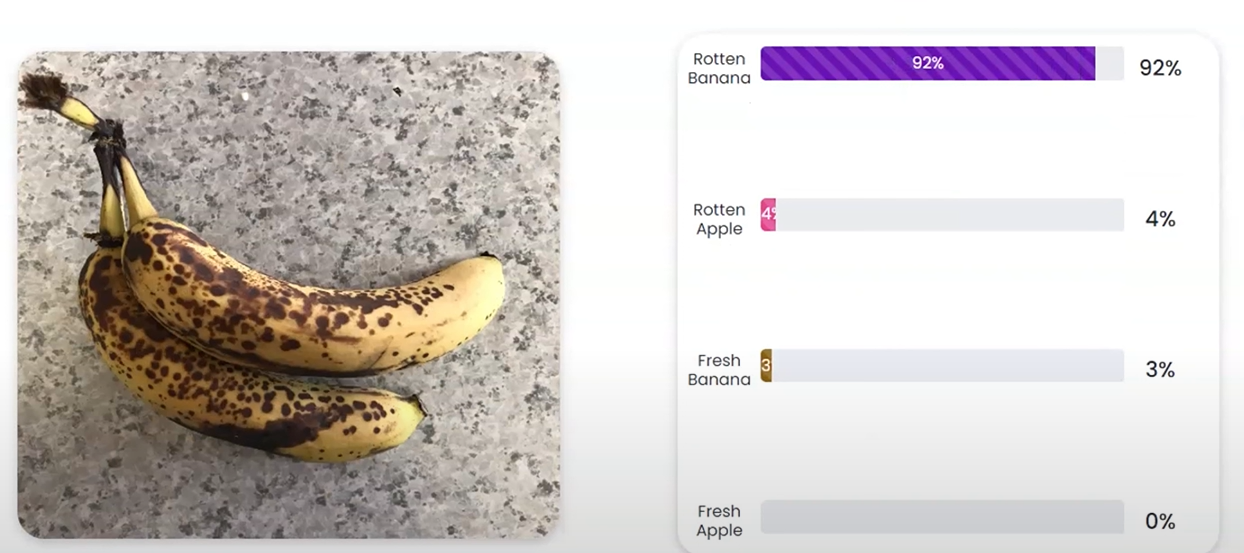
5. Deploying the model: The easiest way to deploy the computer vision model is by using the list of export models on navan.ai. We have 3 options: Deploy a model using Model files, Deploy a model through Docker, and lastly deploy the model as API. You can integrate the model with your application to get a scalable use case and build using your data without any coding on navan.ai.
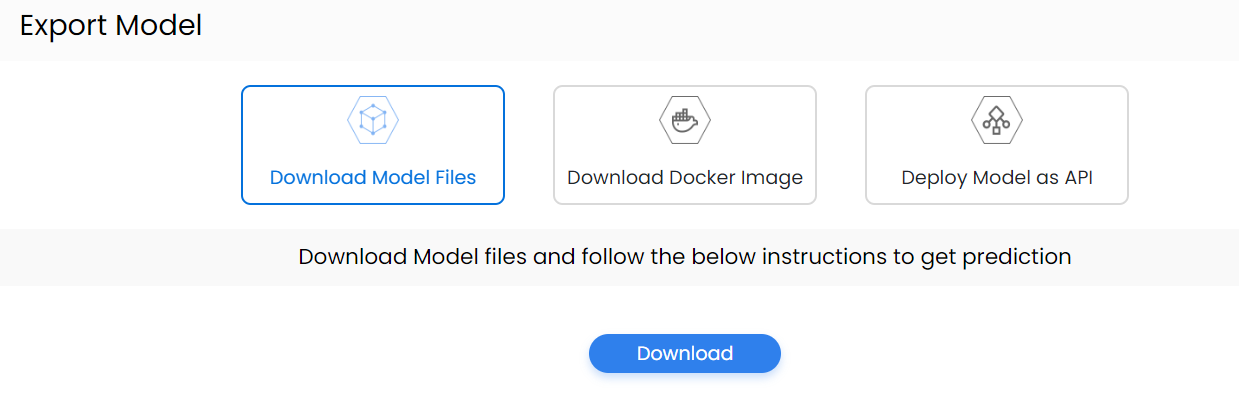
Here’s a video showing how you can build a rotten fruit Computer Vision AI Model on navan.ai:
navan.ai is a no-code computer vision platform that helps developers to build and deploy their computer vision models in minutes. Why invest 2 weeks in building a model from scratch when you can use navan.ai and save 85% of your time and cost in building and deploying a computer vision model? Build your models, share knowledge with the community, and help us make computer vision accessible to all. navan.ai also helps organizations with MLOps by setting up CT, CI, and CD pipelines for ML applications.
Visit navan.ai and get started with your computer vision model development NOW!
